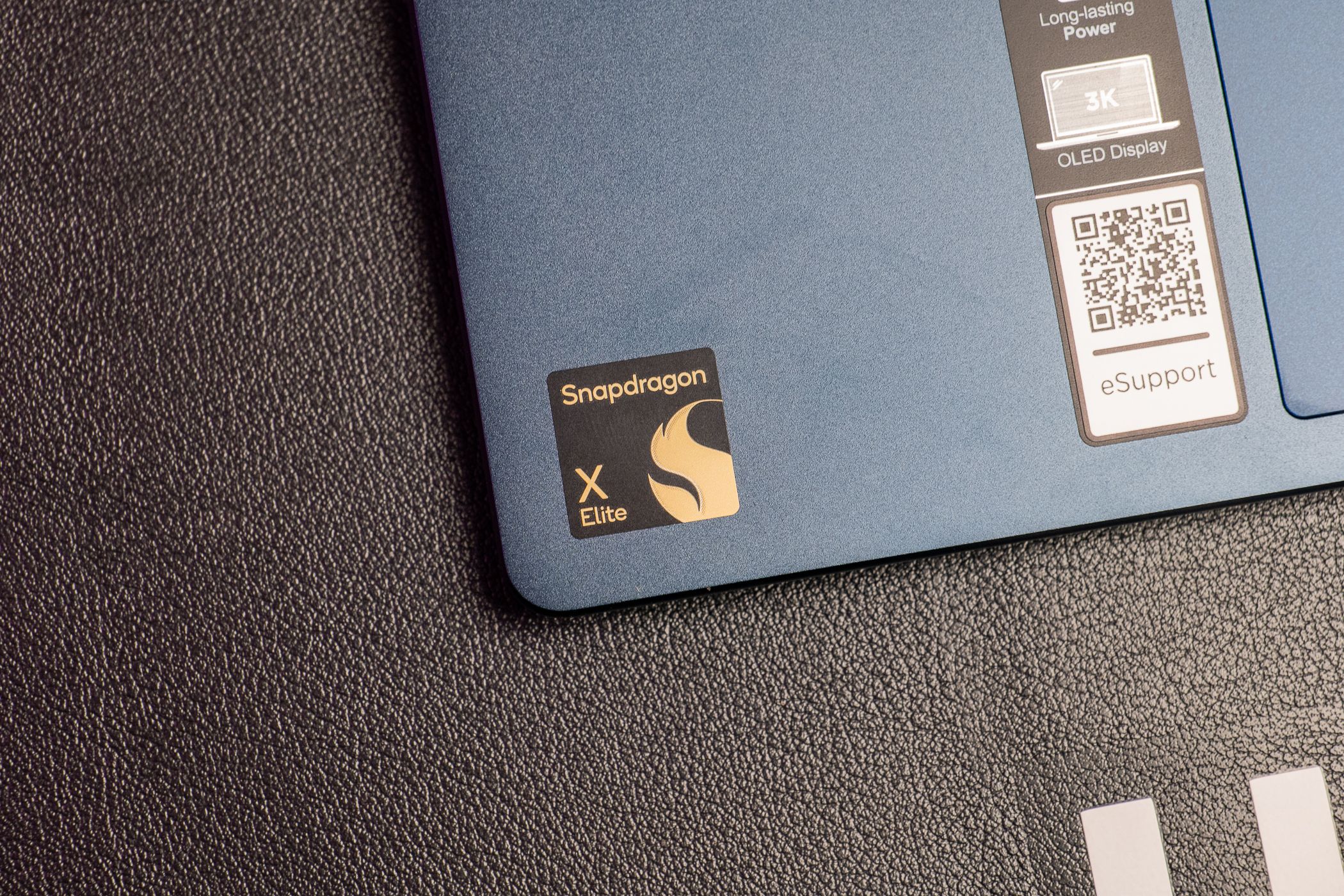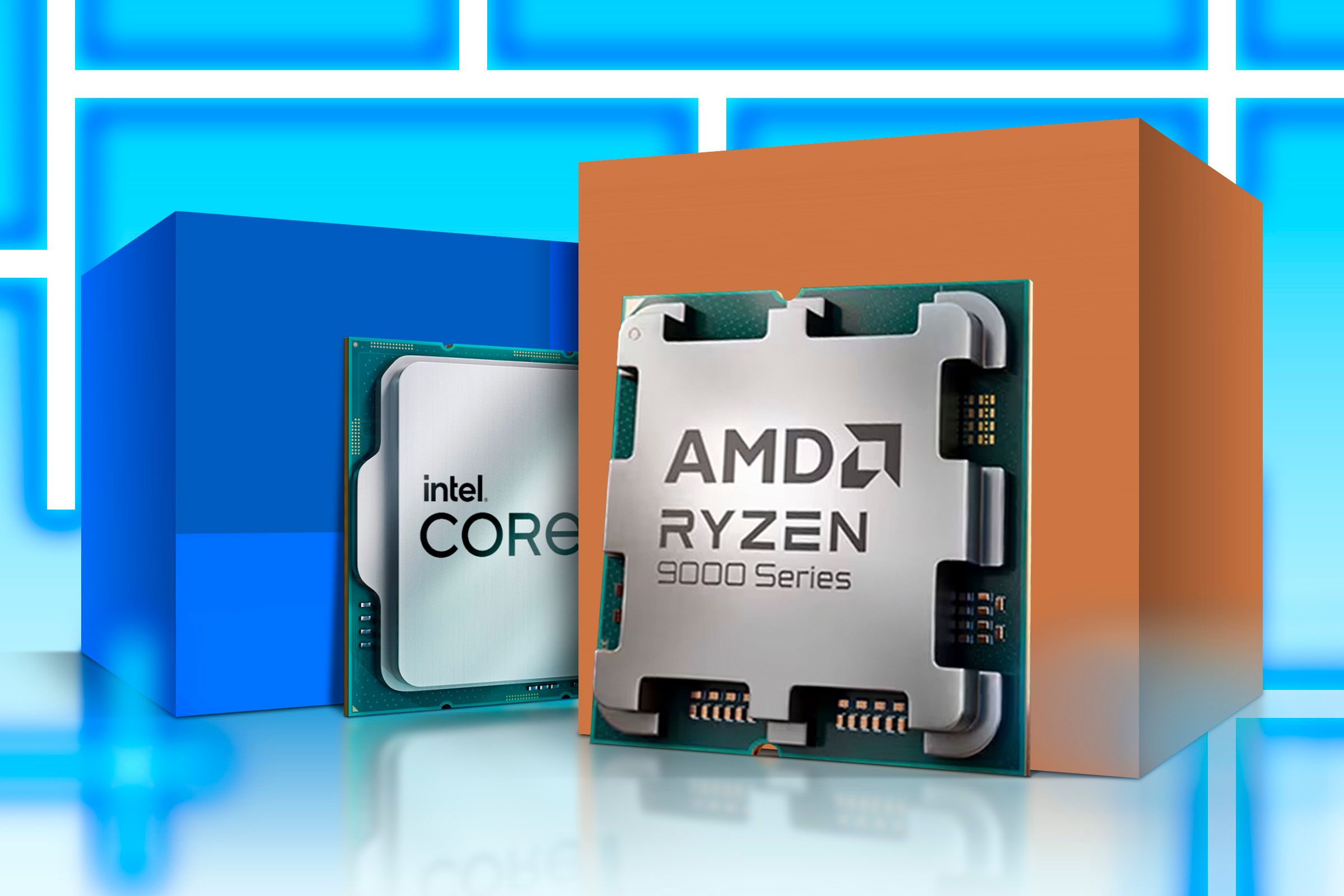Summary
- x86 CPUs face competition from Arm CPUs in personal and commercial computer markets.
- Transition to Arm CPUs may lead to Windows laptops with longer battery life and improved performance.
- Running legacy x86 software on Arm Windows systems may pose compatibility challenges, requiring cooperation to resolve.
There’s a quiet battle going on at the heart of your computers, and how that fight turns out will have some pretty big implications for computers going forward in the 21st century. The dominance of x86 CPUs hangs in the balance, so what happens if Arm CPUs become the new norm for the world’s most popular operating system?
Arm for Windows has been more than a little rough so far, but this work-in-progress operating system will eventually be mature enough to stand side-by-side with its x86 sibling. Rather, if Arm CPUs become the market leader, Microsoft will either have to get Arm Windows in shape, or lose its market share to Linux and macOS.
x86 CPUs Might Be in Trouble
Even if you don’t follow CPU industry news closely, you’ve probably heard that things aren’t going too great at Intel—the overwhelming market leader for x86 CPUs in the world. It hasn’t been going well for years actually, with its competitor AMD really crushing it in both the personal and commercial computer markets with its Ryzen products. Intel’s had miss after miss, with CPUs that aren’t much faster than the previous generation, or ones that have serious hardware bugs.

Related
Intel and AMD Team up to Keep x86 PC Processors Alive
Intel and AMD are working more closely against competition from ARM.
The rise of Apple Silicon with its Arm-based chip dealt a hard blow to Intel’s laptop business. Here were laptops that had extremely long battery endurance, while also wiping the floor with similarly-priced x86 systems. Less noise, less heat, and what felt like a multi-generational leap in computer technology. This is why there was a scramble to get Arm Windows laptops with chips from companies like Qualcomm to market. These were truly awful at launch, but have improved in leaps and bounds.

Related
The MacBook M1 Air Is Still The Best Computer I’ve Ever Owned
Not only is the 2020 M1 MacBook Air a great laptop, it’s at an all-time low price right now.
Don’t think AMD isn’t shaking in its britches either. While it’s making good CPUs beloved by PC enthusiasts, and featured in consoles, handheld PCs, and laptops to general acclaim, Arm is poised to eat into its business. Data centers have been a big part of AMD’s business, but Arm chips are making massive inroads here and expects that by 2025 it will reach a whopping 50% market share of data center CPUs from its current 15% (via Reuters).
In a data center, performance per-watt is everything, and Arm CPUs in data centers can have hundreds of cores sipping milliwatts of power on a single die. Each core might not be as fast as an x86 core can be, but when you can have so many, and they save so much money on energy, it’s a moot point.
The assault by Arm on the x86 CPU market is happening on all fronts, and while it won’t be over any time soon, there’s a real chance that within the next few years the decades-long dominance of x86 might end.
Most People Use Mobile Computers
In 2005, notebook computers outsold desktops for the first time in the USA. A few years later, in 2008, this happened on a global scale. While laptops don’t offer the same performance ceiling as desktop computers, modern laptops are more powerful than most people will ever need. Even the cheap ones! So it makes perfect sense that most people would rather have a mobile personal computer for convenience alone.
In a laptop, power efficiency is just as important as peak performance. While there’s no fundamental reason x86 can’t be as power-efficient as Arm (at least according to Intel) the fact of the matter is that they simply aren’t at present. While CPUs like those based on the Lunar Lake microarchitecture are impressive when it comes to power efficiency, that’s only for an x86 CPU.
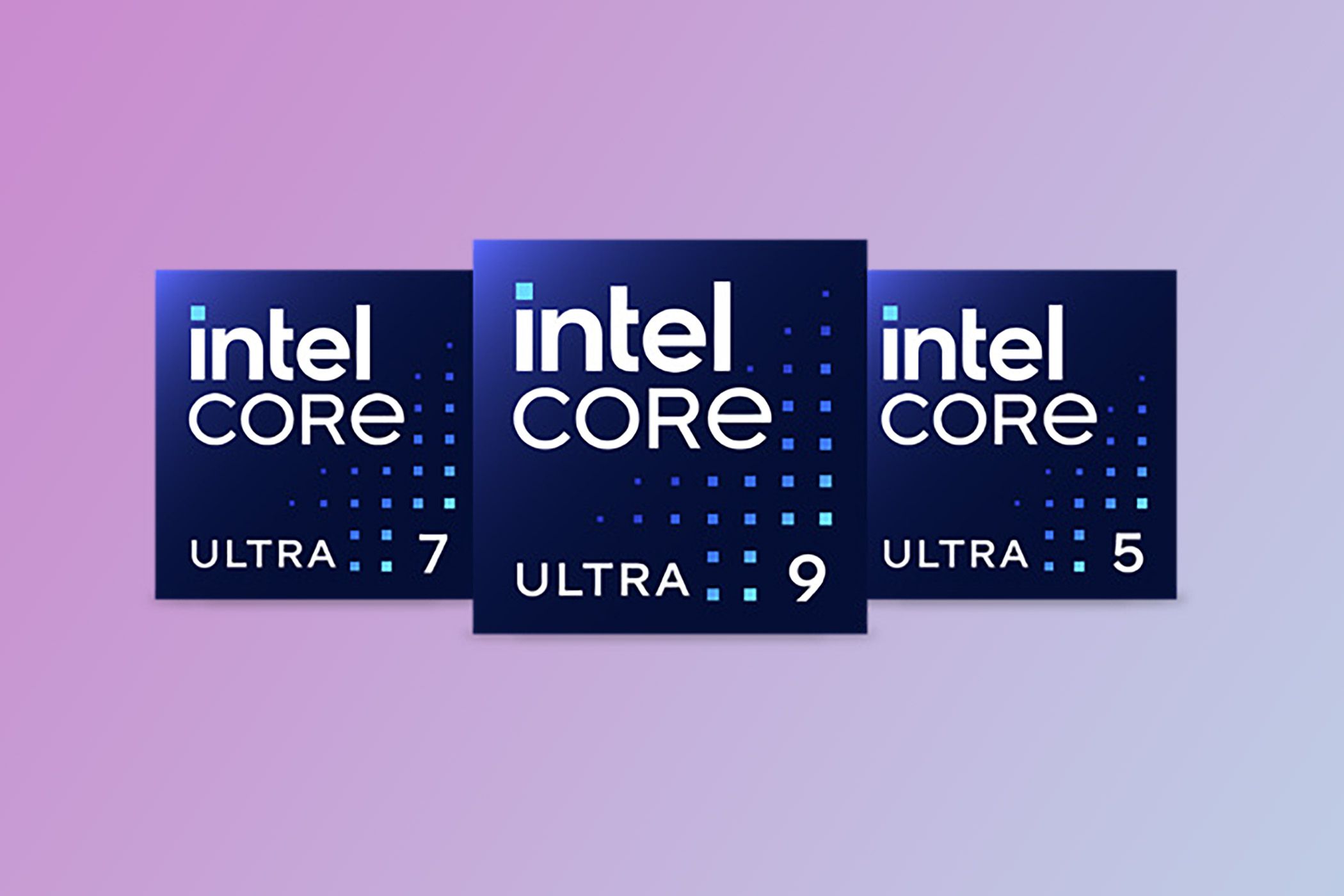
Related
So you can understand a Windows laptop user looking over at someone with an Apple Silicon MacBook getting 20 hours of battery life without any obvious compromises, while their own laptop gives up the ghost after six hours, with aggressive and annoying performance and power management to make it happen. Arm has spent decades tweaking its designs for mobile devices, and Arm CPUs have been incubated and improved in the bosom of the smartphone and tablet industry.
So, let’s say that the stage is genuinely set for a shift to Arm. What now for Windows users?
Old Software Could Be an Issue
By far the biggest problem will be running x86 software on Arm Windows systems. Actaully, that’s the biggest problem right now! It’s going to take some serious effort to fix it. Apple threaded this needle almost perfectly with the Rosetta 2 translation layer. However, the company had an enormous set of advantages. It fully controls the operating system and hardware design. It also doesn’t have to deal with the open hardware ecosystem, which is WIndows’ strength.
The Prism translation layer on Windows for Arm has serious performance and sometimes compatibility issues. However, if everyone involved pitches in, this can be resolved over time. After these (admittedly protracted) teething troubles and with improvements in Arm performance going ahead, running legacy software should be trivial. Whether anyone has the appetite to make legacy x86 software work on Windows for Arm will be driven by us as customers and how the market reacts, but on a technical level it’s doable. After all, it’s already been done by the competition.
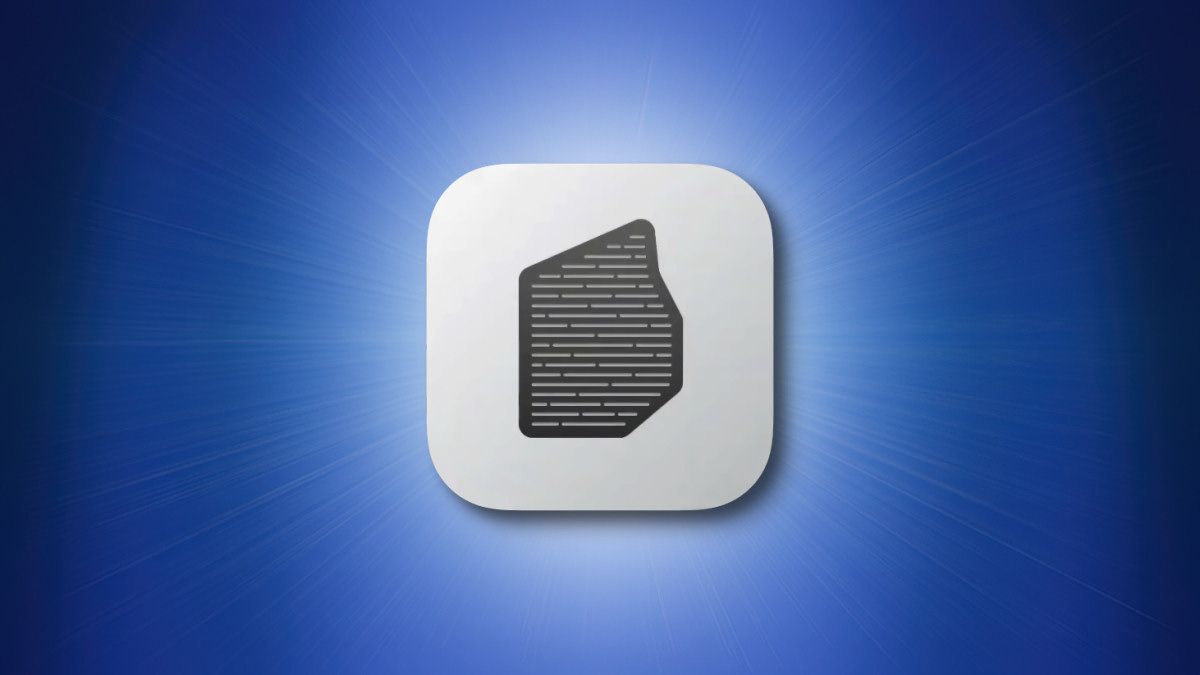
Related
Like the famous stone, it translates one “language” to another. But why do you need it?
Big Chipmakers Could Fold
There is no such thing as “too big to fail” and Intel and AMD could both go under if they can’t adapt to a potential Arm takeover. It won’t happen overnight, but if both PC and data center users start throwing their money at Arm hardware, this could lead to a death spiral.
While Intel and AMD both also make GPUs it won’t save them at this stage. NVIDIA has over 80% market share and there are also strong rumors that NVIDIA will be bringing Arm CPUs of its own to market, which means they will finally be in a position to offer complete systems, such as NVIDIA Windows laptops running on Arm and NVIDIA GPU technology.
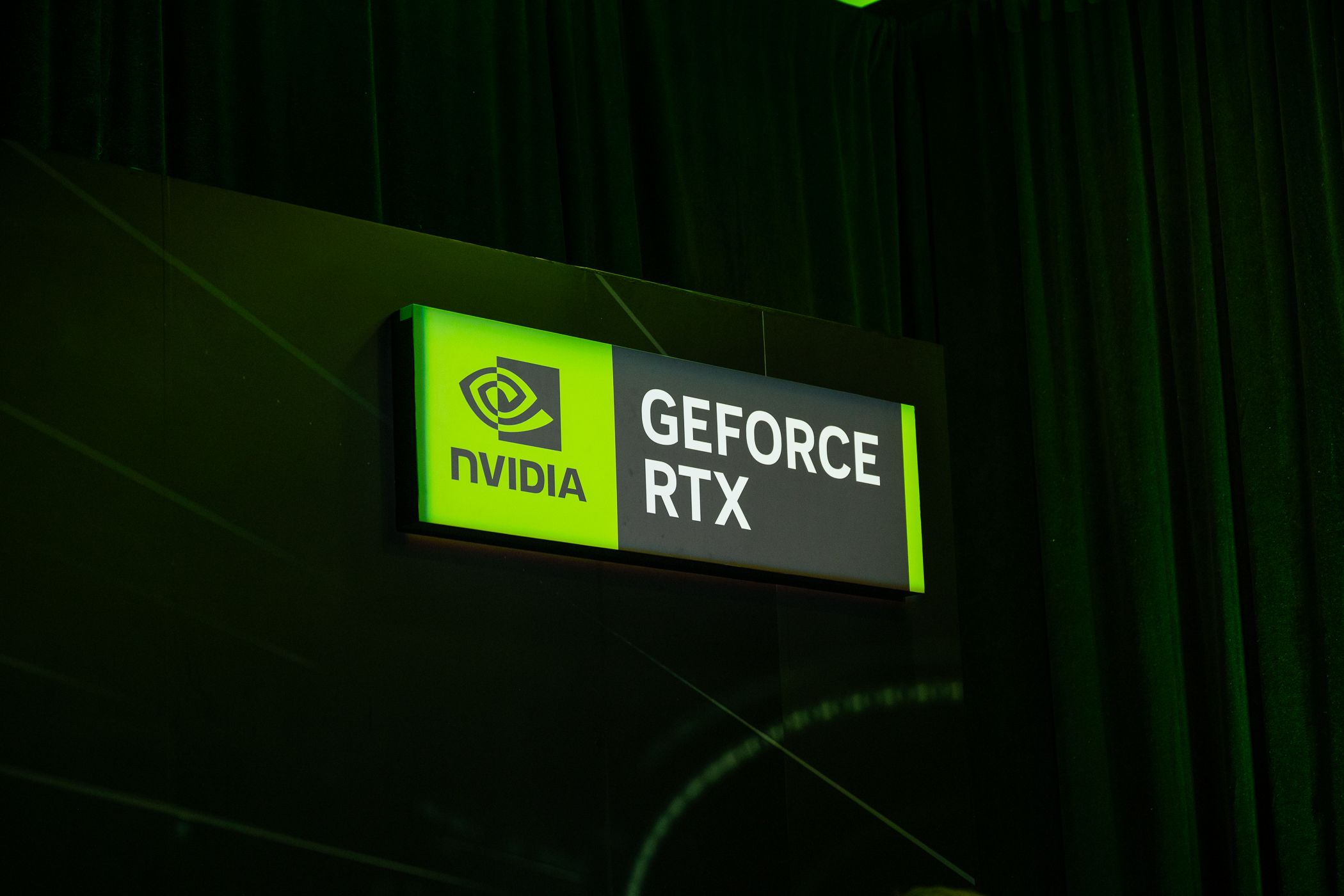
Related
Your Computer Experience Will Get Worse Before It Gets Better
I’m not going to say I’m 100% confident that x86 will be supplanted by Arm, but at this point it feels like a 50/50 type of situation unless the big x86 players innovate fast. Regardless, if Arm becomes your only viable choice for Windows at some point, you can expect a worse and more chaotic experience on Windows for a few years. It took a few years for major vendors to port their software to Arm over on the Apple side of the fence, but at least there Rosetta II made it a fairly painless transitional period.
If Prism or some other alternative solution can reach the same level of polish and compatibility as Rosetta 2, we should be OK, but I’m not holding my breath because of the tougher problem this is for Windows. Which means you might have to simply leave some software behind, keep an old x86 computer around for the critical stuff, or simply endure the slow performance of a wonky compatibility layer.
In the long run, however, this could be a pretty positive change for Windows users, at least for those who are willing to stick with the OS while it goes through its first proper architectural transition.


